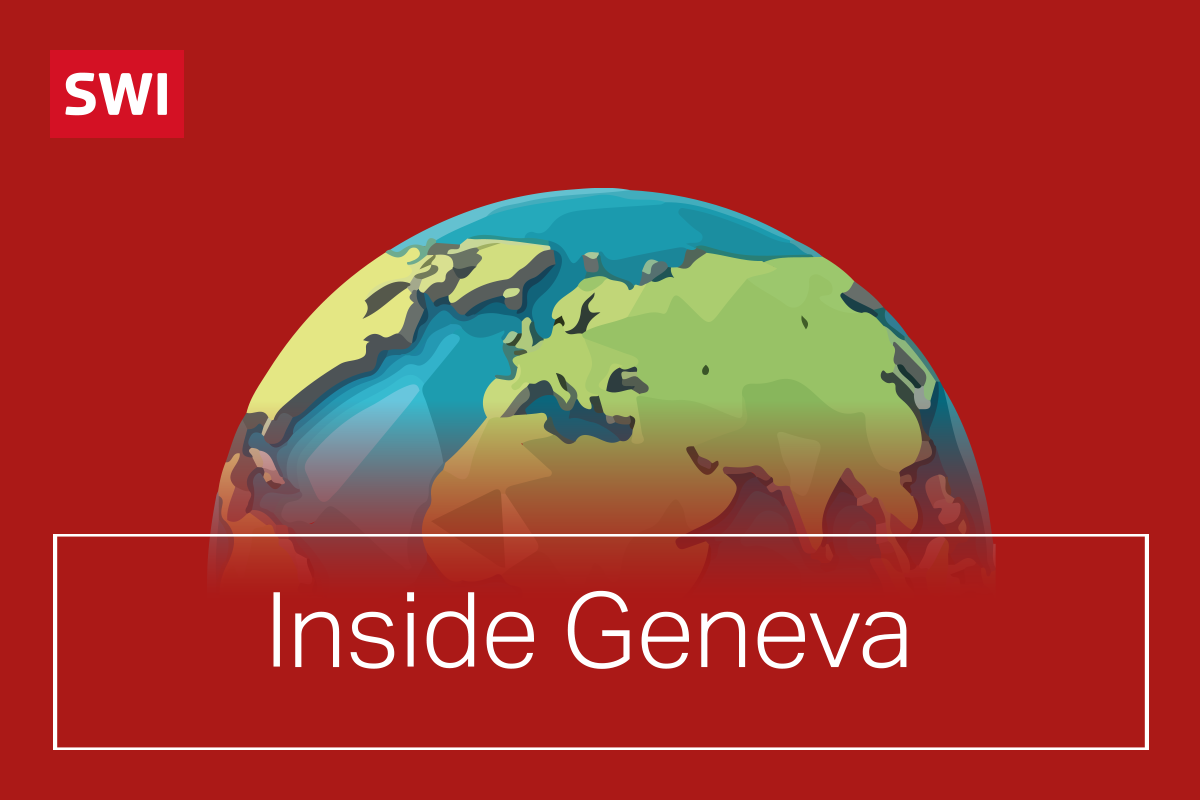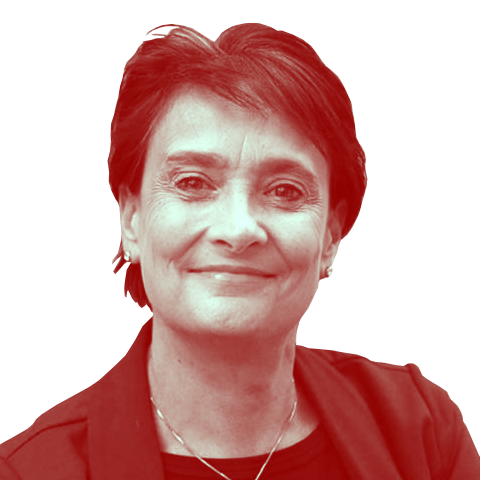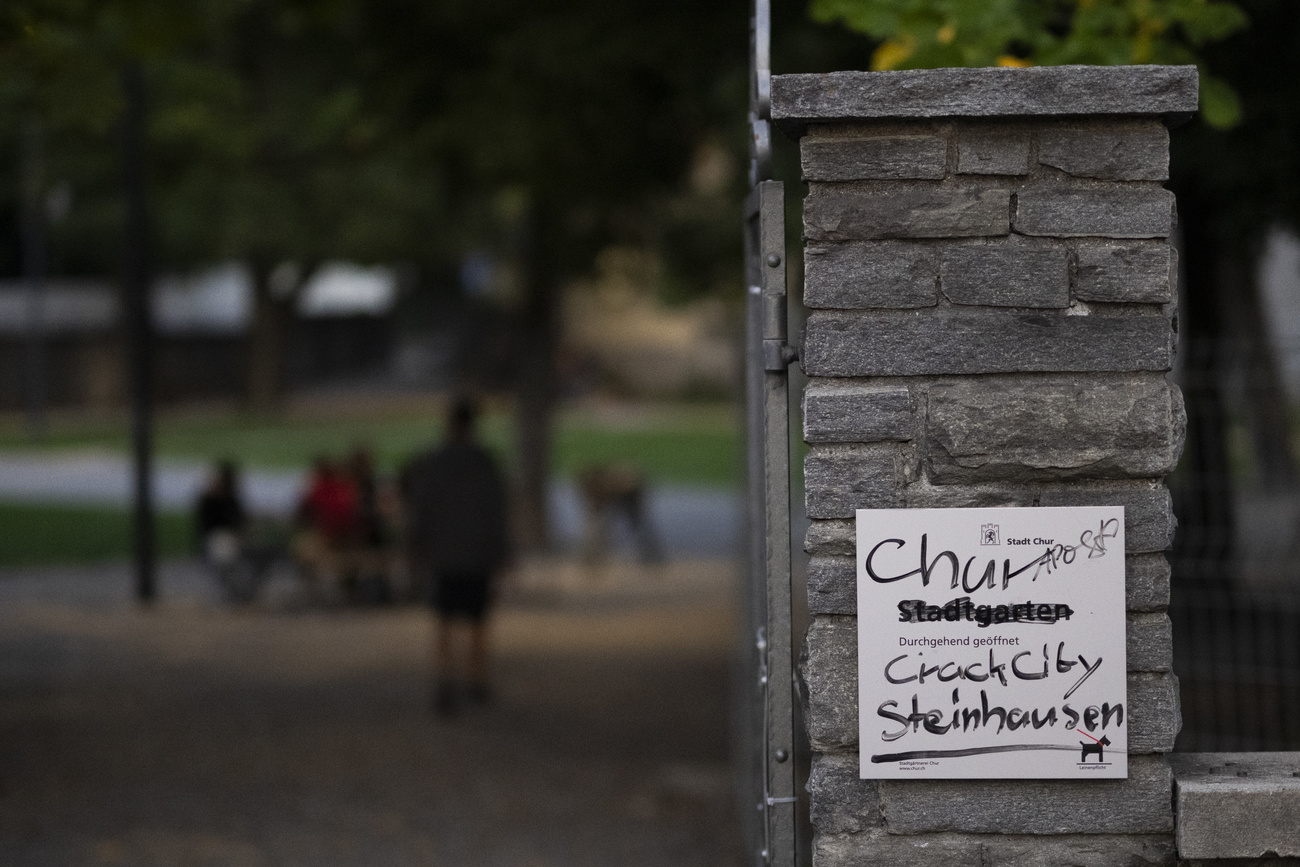Helping Ukraine: challenges, obstacles, and lessons
This week the International Committee of the Red Cross (ICRC) put out a statement saying its team was standing by in Ukraine’s Donetsk region to visit prisoners of war (POWs) in Olenivka prison – where Russian or Russian backed forces are reportedly holding Ukrainian prisoners.
The statement came after weeks of pressure from Ukrainian government officials, who had even issued the Red Cross with an “ultimatum” saying the organisation must carry out the visit within three days.
So far, that visit hasn’t happened; the necessary permission has not been given, nor has the usual security guarantees. The ICRC’s statement shows uncharacteristic frustration at the pressure that has been put on it. “Blaming the ICRC for being denied full and immediate access does not help prisoners of war or their families,” the statement reads. “The ones who can make a difference for prisoners of war in any international armed conflict are the States involved and the detaining authorities.”
It’s not the first time the ICRC has pointedly highlighted the difficulties it faces working in Ukraine. In March it went public about what it described as a “widespread and systematic campaign of misinformation”, which included the false claim that the Red Cross had been assisting in forced evacuations from Ukraine to Russia.
The ICRC is not the only humanitarian organisation to face challenges working in Ukraine. A few weeks ago I was invited to a debate by Swiss Solidarity, Switzerland’s main organisation working, in partnership with Swiss Broadcasting, to raise funds for humanitarian crises. In that debate aid agencies whose work in Ukraine Swiss Solidarity supports, offered plain speaking about the difficulties, successes and failures.
Highlights of that debate now feature in our latest Inside Geneva podcast – and the perspectives from NGOs on the ground in Ukraine – the Swiss Red Cross, HEKS, a Zurich-based NGO which provides assistance for victims of armed conflicts, and Medair, are fascinating.

More
Inside Geneva: helping Ukraine
Vast amounts of cash
A reminder, when Swiss Solidarity appealed to donors in Switzerland for support for Ukraine, it raised CHF50 million in a single day. It’s great the Swiss people have been so generous, but they also, naturally, are keen to know how that money is being spent.
A key challenge all the participants in the debate highlighted was the fact that, although some of them were present in Ukraine before the February 24th invasion, they were not on a war footing, and unprepared for a major conflict. ‘‘In the early days, it just looked like, five or six days, and Ukraine will be taken,” explained Zuzana Brezinova, Ukraine country director for HEKS.
Such was the concern, many aid agencies evacuated their staff, and then spent many weeks trying to recruit more conflict-experienced team members, and working out how to scale up their response.
By the time aid agencies got back into Ukraine, they found thousands of Ukrainian volunteer groups already hard at work on humanitarian relief. It was, Tasha Rumley of Swiss Solidarity says, a “humbling experience”. The volunteers knew the needs, the terrain, the local mood, far better than the international aid workers.
There are big advantages in having that local skill to hand; international aid agencies are supposed to have “bottom up” policies in which local input determines the nature and focus of aid operations. But there can also be disadvantages, particularly when local volunteers, heartened by the huge outpouring of solidarity from Europe and the United States, expect 100%, unquestioning solidarity from international aid agencies.
Neutrality, impartiality… and solidarity
Damon Elsworth, of Medair’s global emergency response team, has been working in Ukraine repairing war damaged houses, and restoring civilian infrastructure. When he arrived, he found that all of Ukraine’s local government authorities, with whom he would normally sign an agreement to work, had, because of the war, morphed into regional military authorities. But “because we’re a neutral organisation we cannot sign memorandums of understanding with military organisations,” he points out.
Aid agencies have found that the usual distinct lines between civilian and military have become blurred in Ukraine. Everyone, it seems, is involved in the war effort, in defeating the invader, in one way or another. But what does that mean for an international aid agency delivering supplies of food, or medicines? Who is actually benefitting? Civilians? Or the military? Or are they one and the same?
And what if an aid agency wants to try to reach civilians on the other side of the contact line? That means, civilians in Russian held territory. For a start, the aid agency needs permission from Russian forces. But crucially, nearly all international aid agencies in Ukraine, like Damon’s agency Medair, work with local Ukrainian aid workers. And they told Damon they wouldn’t participate in any work on the other side of the contact line. They said “we’d just walk out.”
It has been hard, Andrea Schmidt of the Swiss Red Cross admits, to explain the fundamental principles of neutral, impartial humanitarian work. “One of our team leaders had to give a press conference and explain to the public what the principles of the red cross are, and I think we were able to slow down the emotions a bit, but of course there is still a lot to do.”
Pressure to spend
Meanwhile, there is pressure from donors too, who want to see that their money has been spent, and made a real difference. Any aid worker will tell you that is much trickier than it sounds. “People who have been donating, they call to our office, they want to know what happened,” says Swiss Solidarity’s Tasha Rumley.
A quick, and in some circumstances, very effective way of delivering aid is simply to offer cash. This has been used extensively in Ukraine, but not without a good deal of soul searching from aid agencies, who want to be sure that the money really does get to those most in need.
In addition, there is the concern that cash grants go to individuals, while a lot of the damage done in Ukraine is collective; schools, hospitals, roads, cultural centres. That’s why all the panellists at the debate stressed that they were also planning carefully for next year, and factoring in the support that will be needed for infrastructure as well as individuals.
“We all know I think, that this conflict is not over by the end of the year,” says Schmidt of the Red Cross.
This was an honest, brave, and very important discussion – one that the entire humanitarian community should be having on a regular basis, about its operations worldwide. For the full debate, listen to Inside Geneva!

In compliance with the JTI standards
More: SWI swissinfo.ch certified by the Journalism Trust Initiative









You can find an overview of ongoing debates with our journalists here . Please join us!
If you want to start a conversation about a topic raised in this article or want to report factual errors, email us at english@swissinfo.ch.